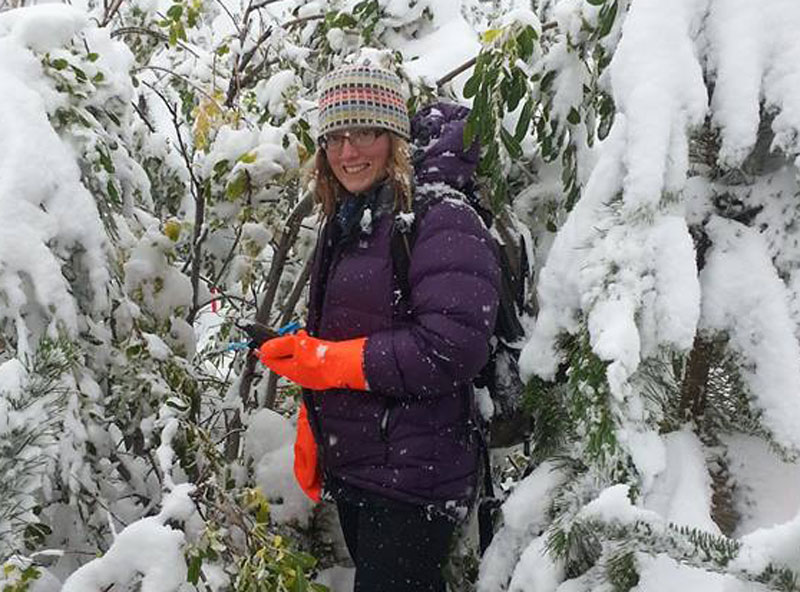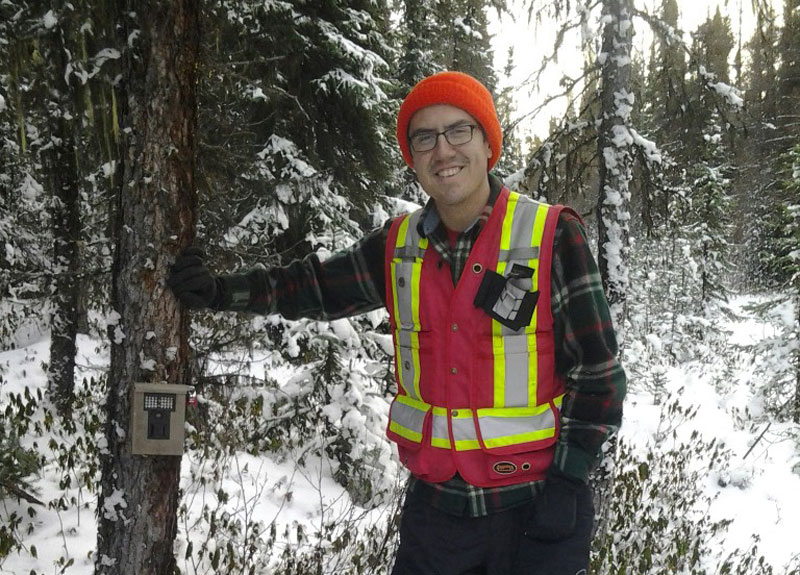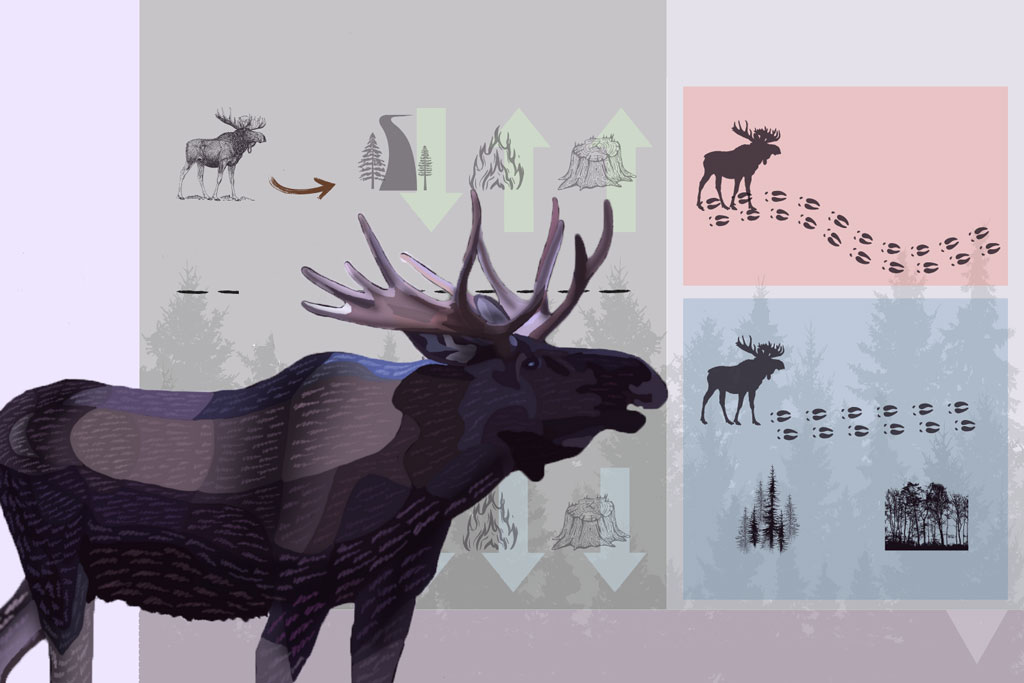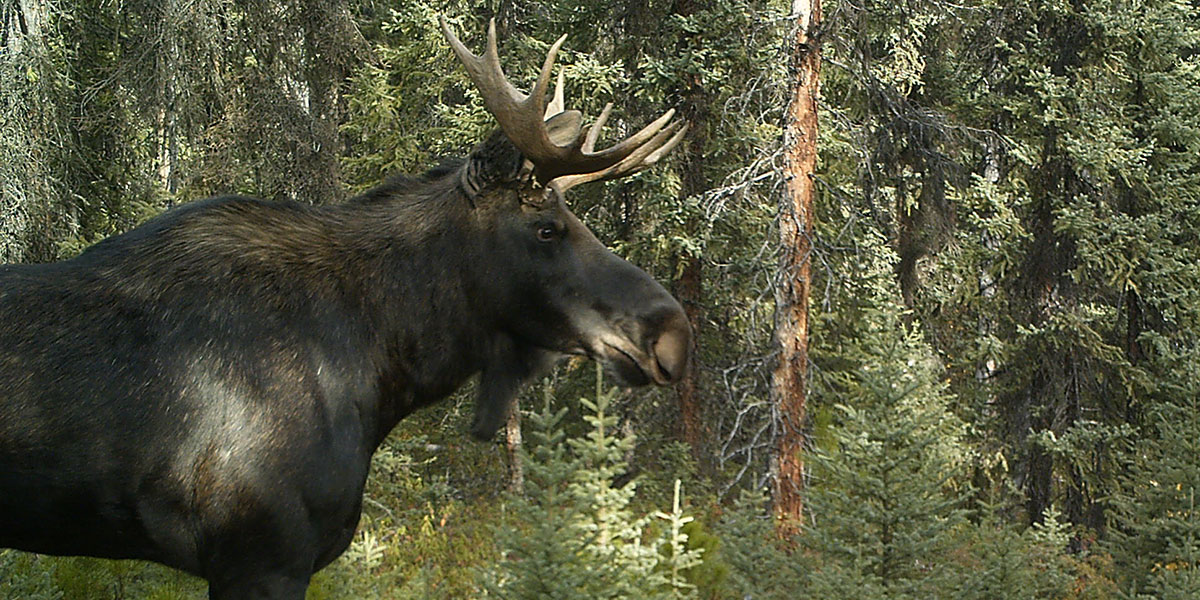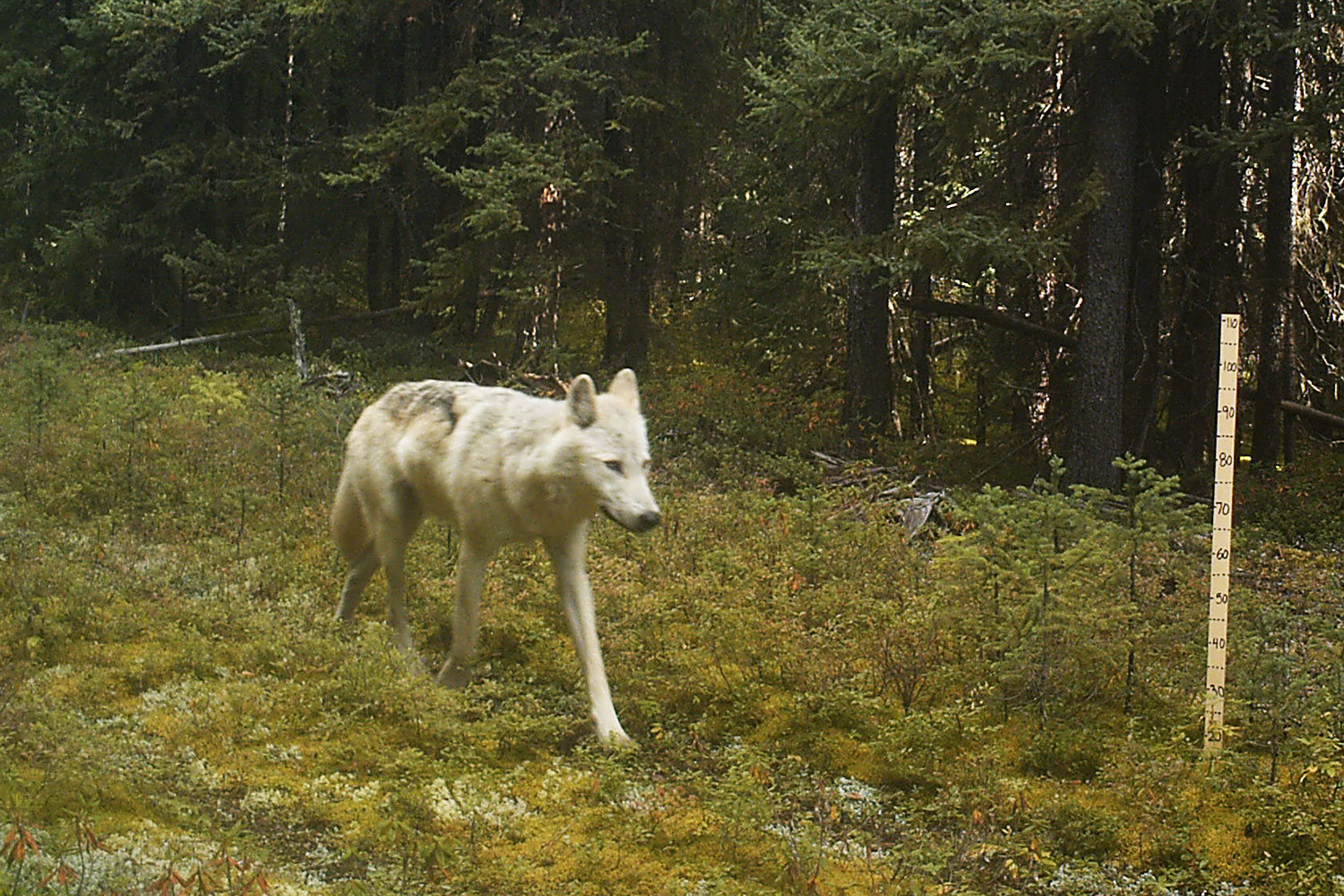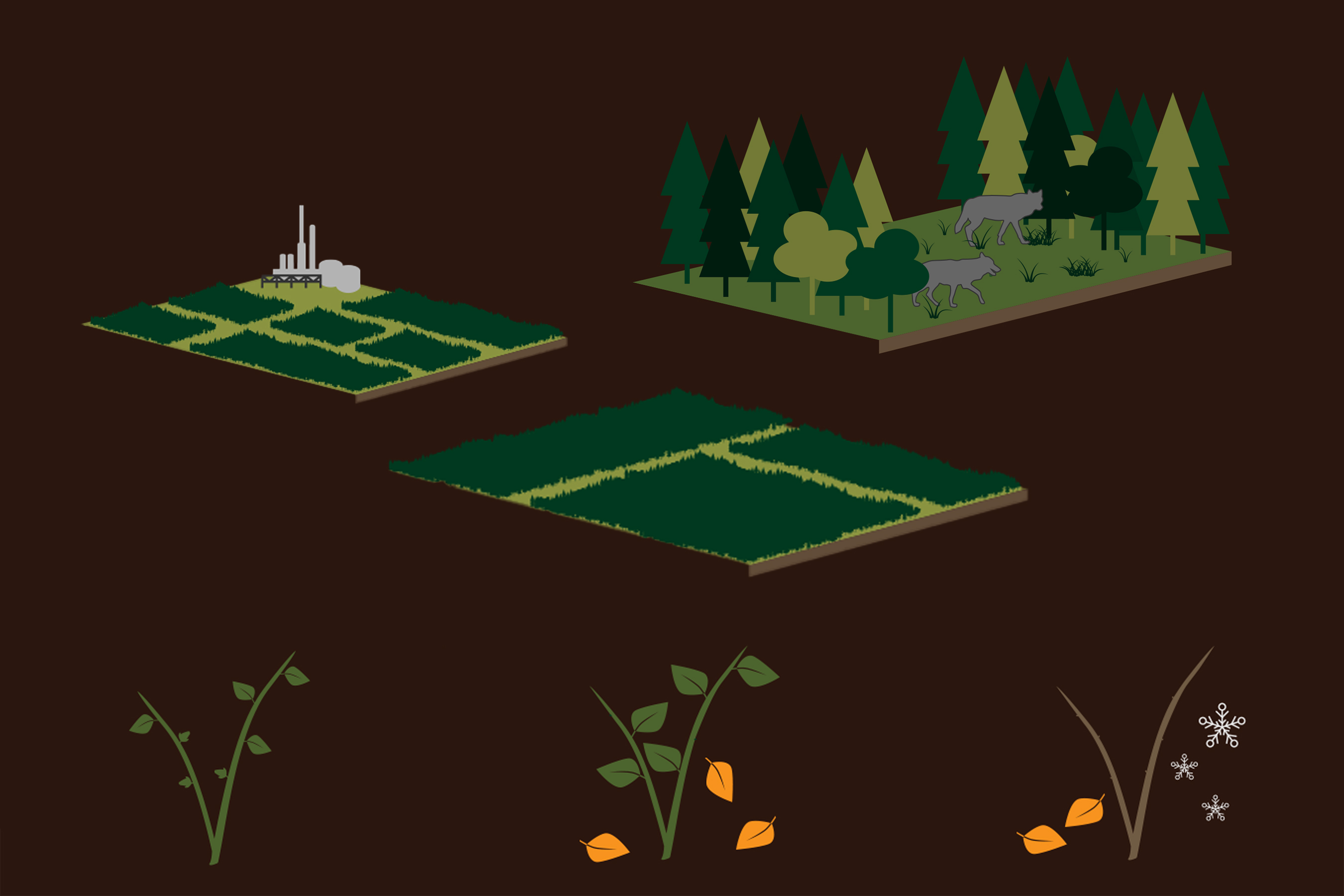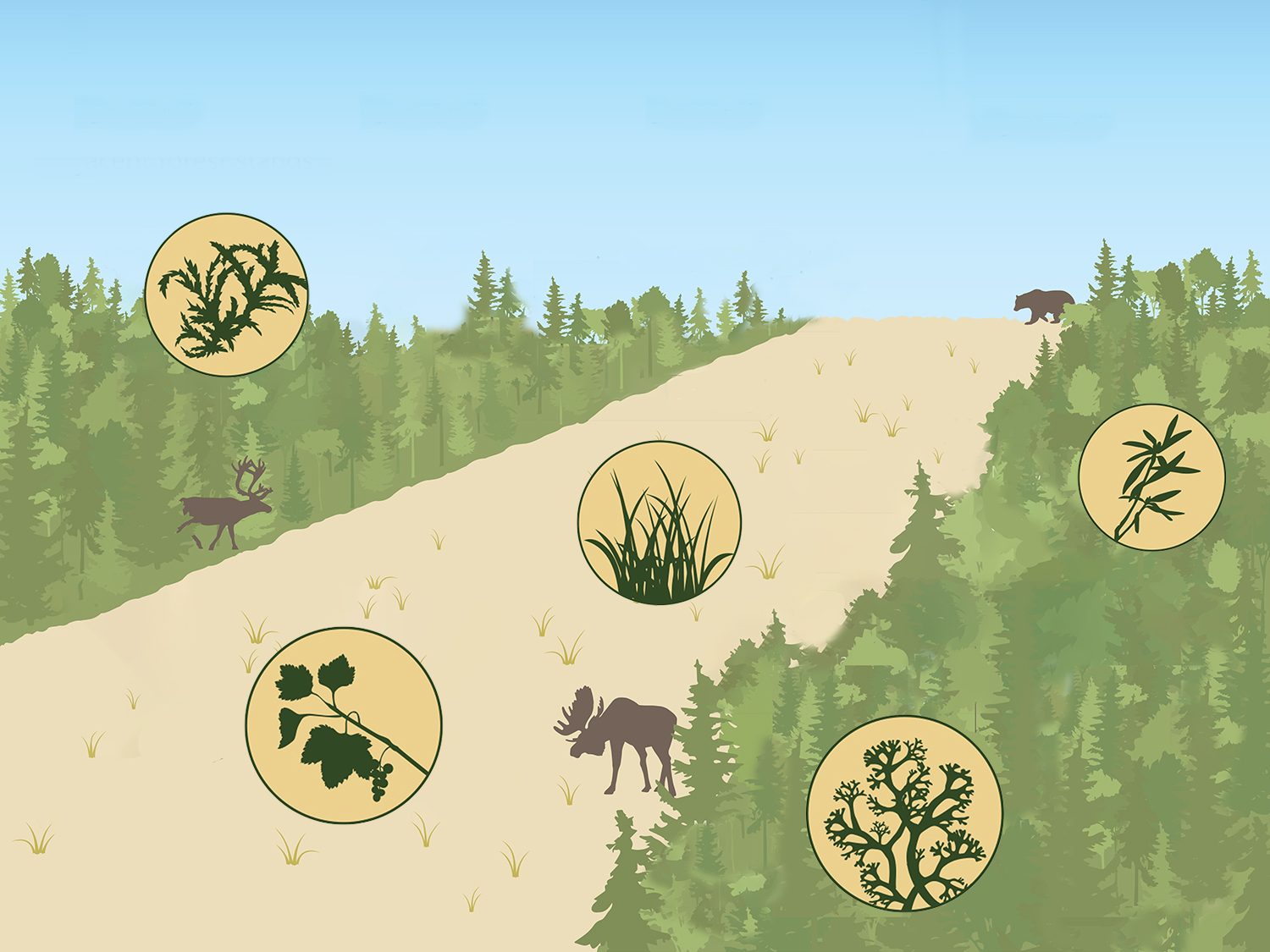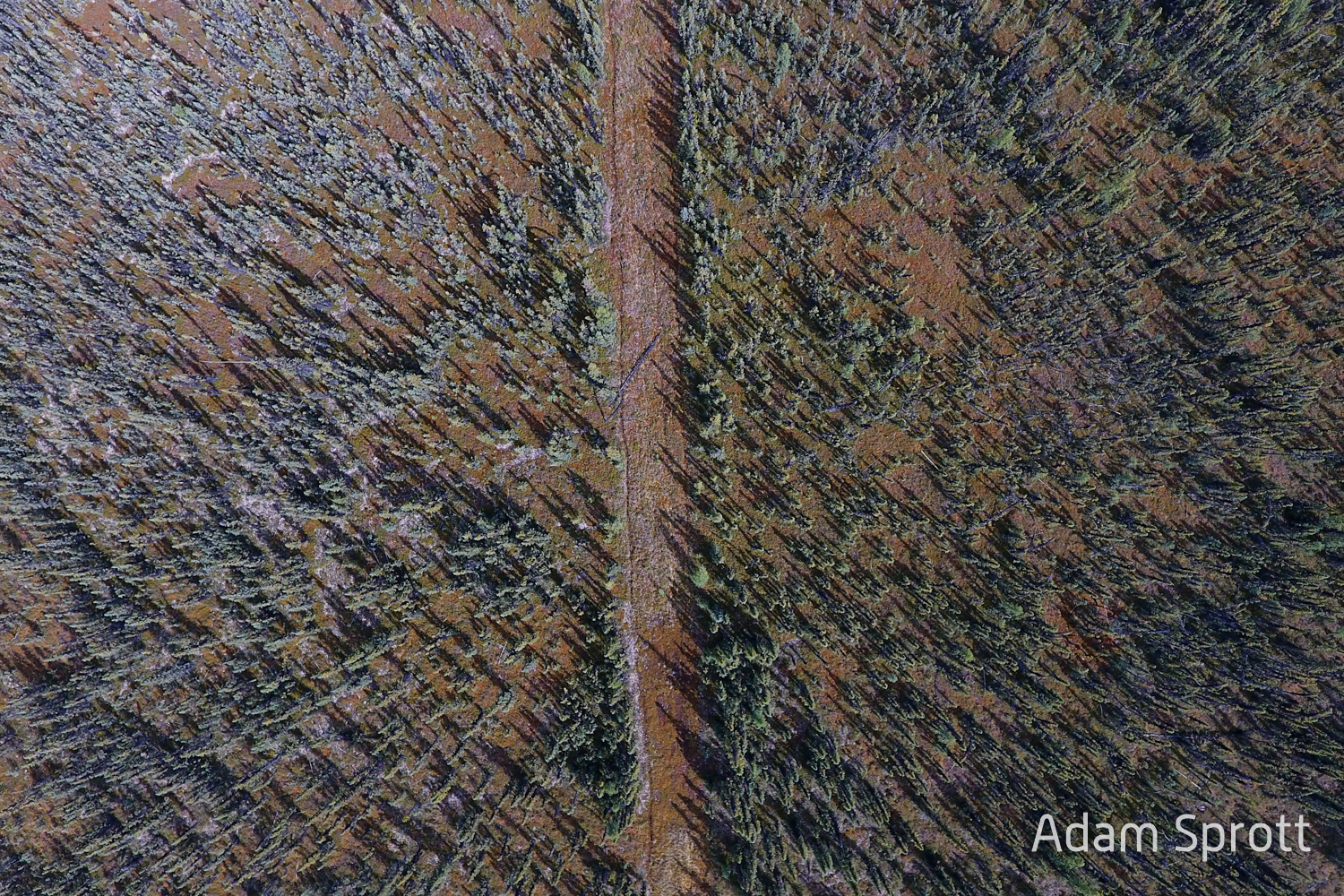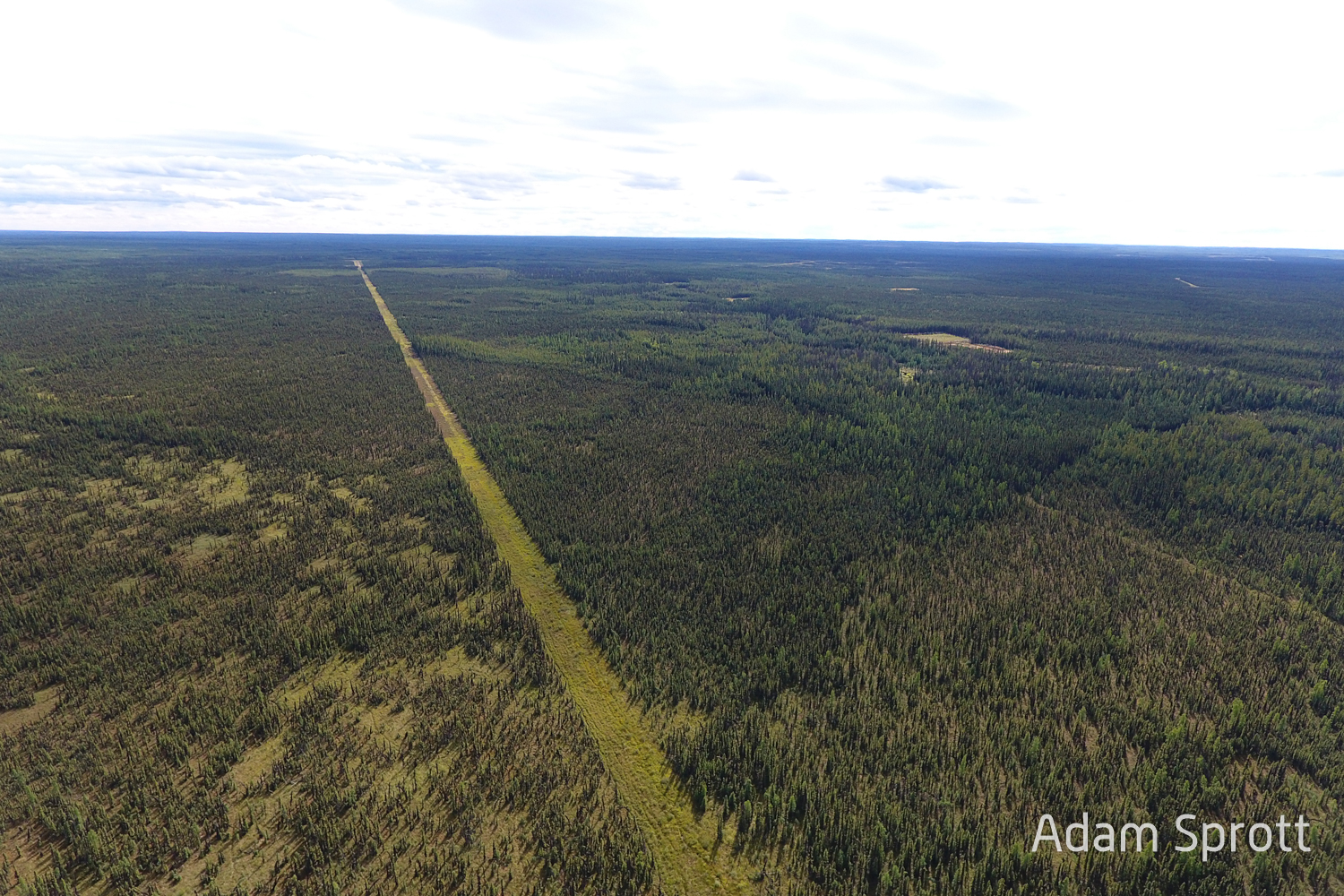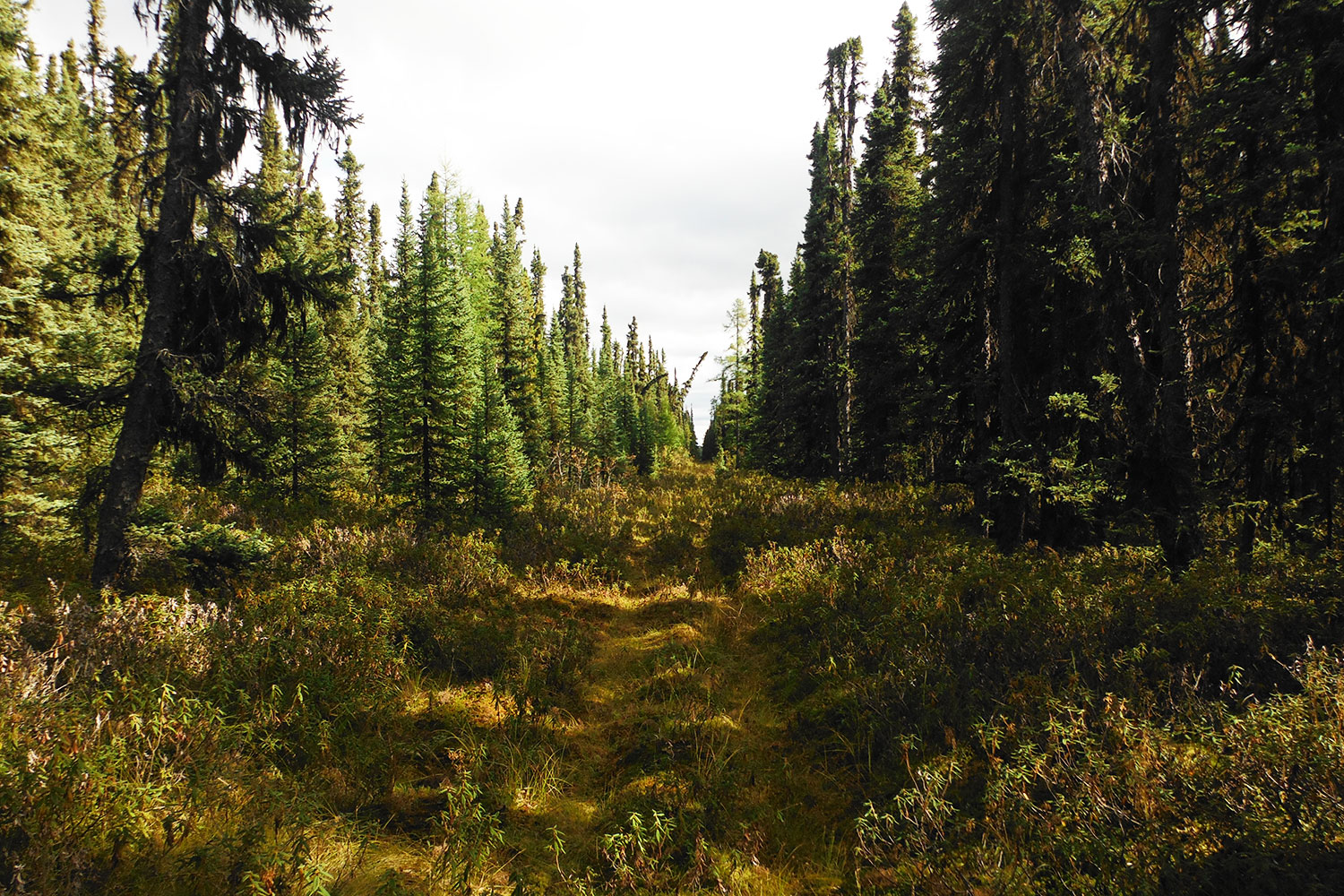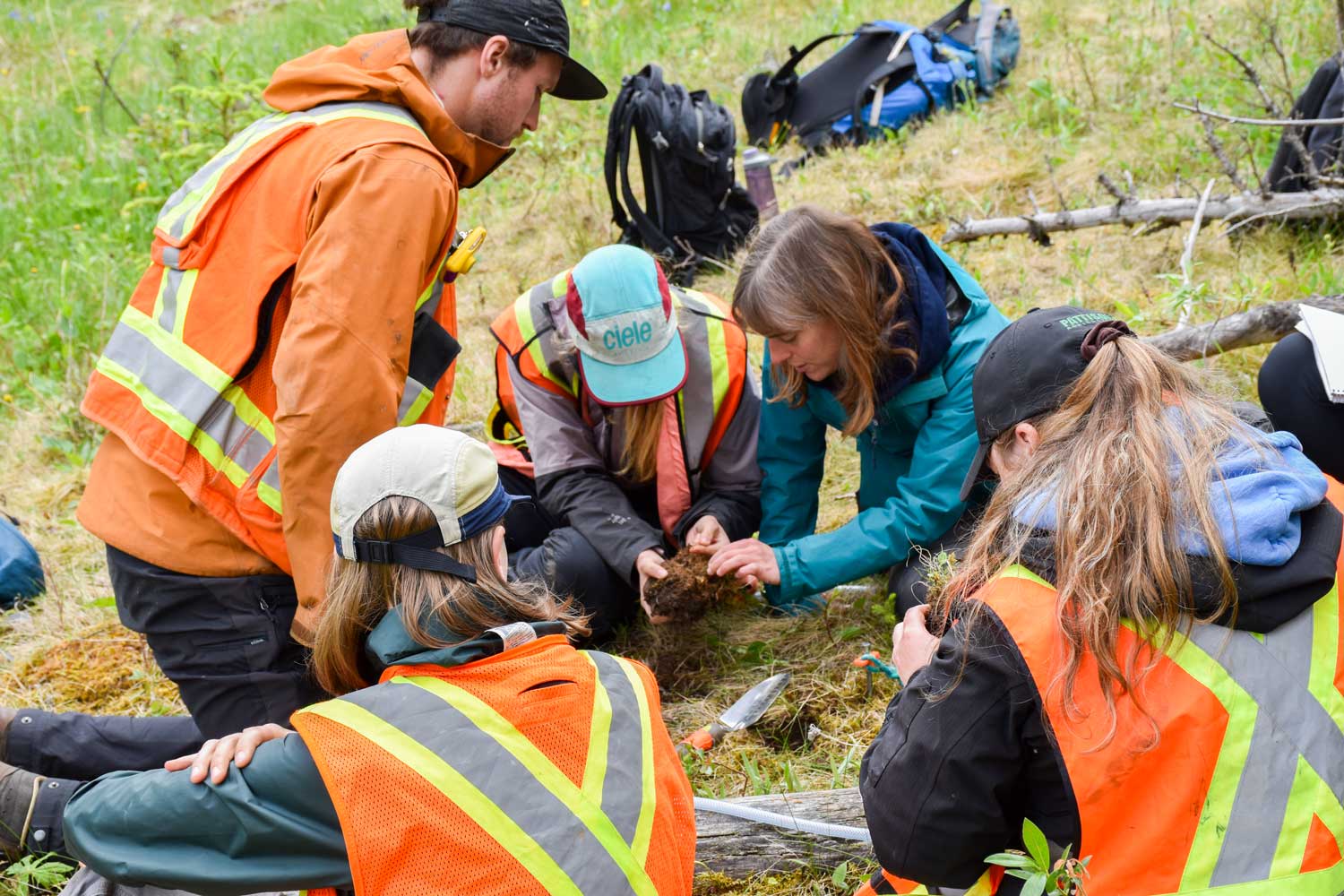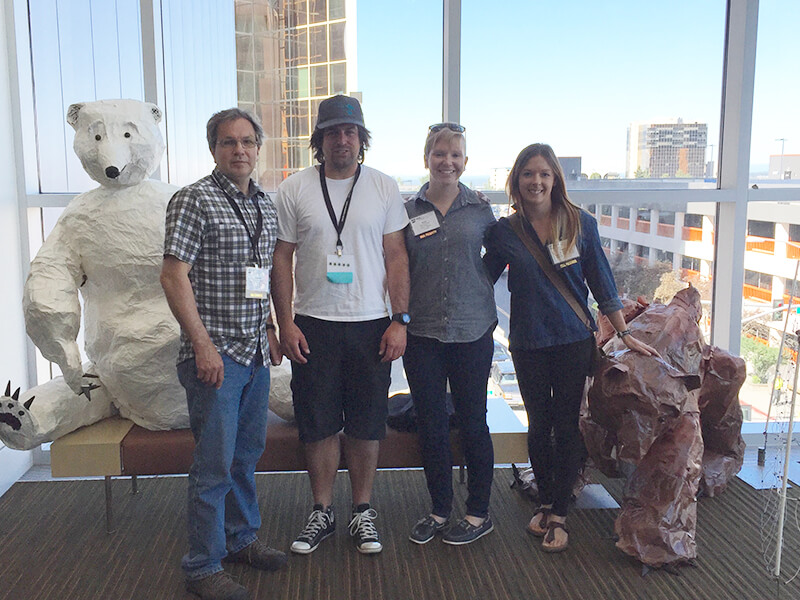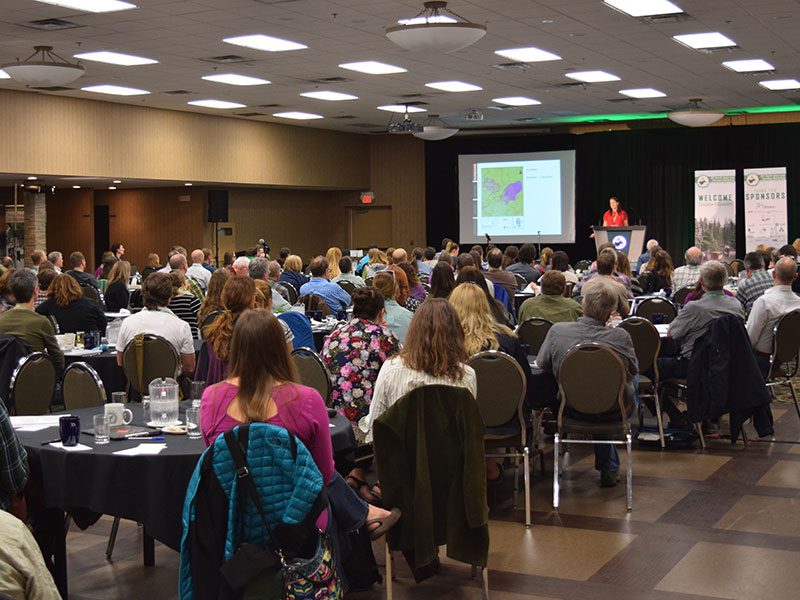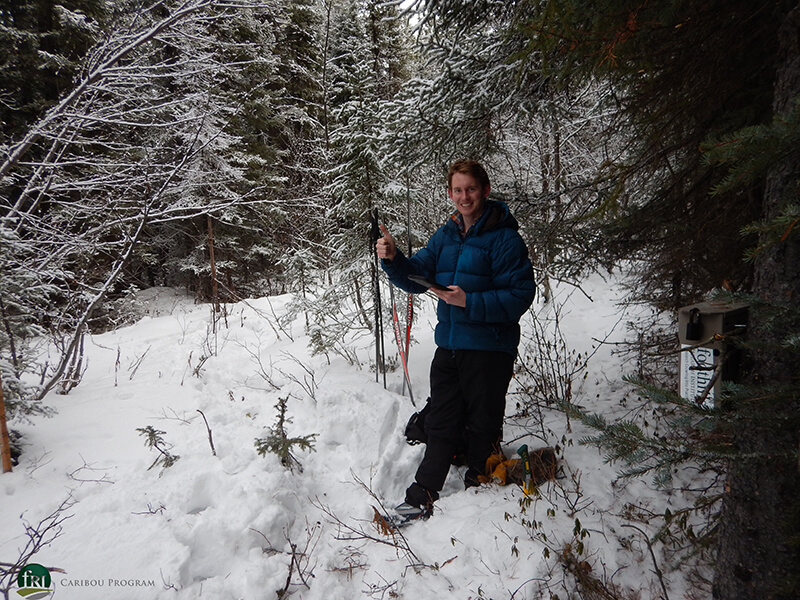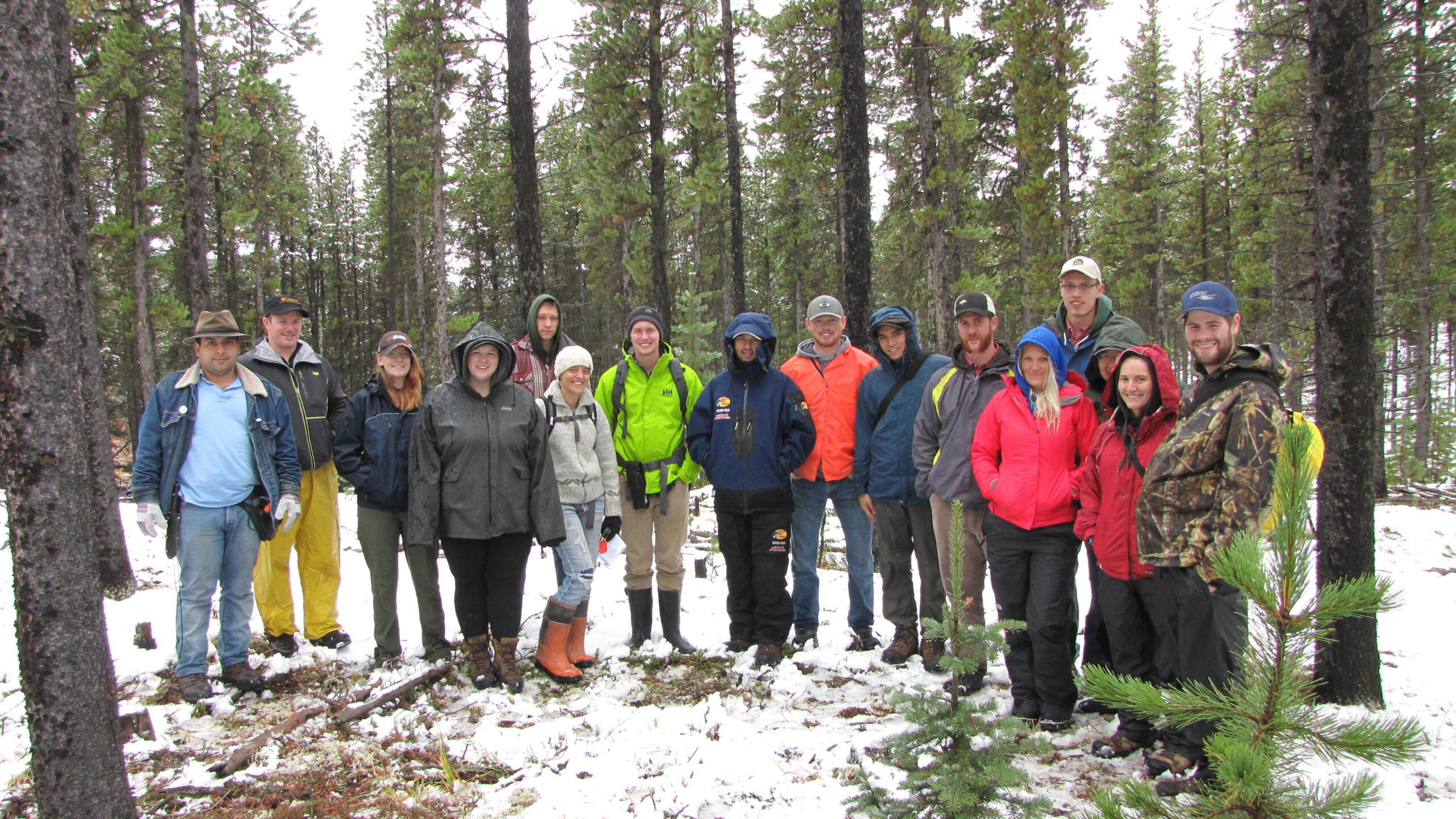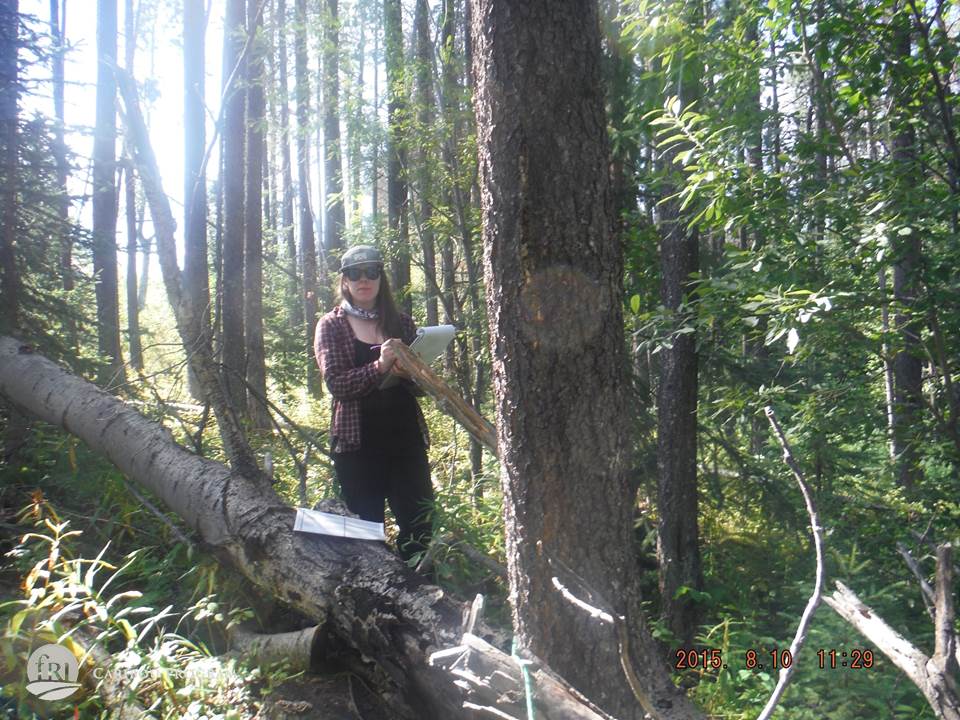
Analysis and improvement of linear features to increase caribou functional habitat in west-central and north-western Alberta
This project uses direct and indirect methods to determine how caribou respond to linear features at different stages of re-vegetation.
Results from this research will help us understand how direct disturbance, habitat regeneration and recreational human use of linear features (pipelines and roads) affect caribou health and habitat use.
By combining this with other ongoing projects (Determining Response to Seismic Lines and Cutblocks) and expanding our research into the mixedwood natural subregion, we will be able to determine functional caribou habitat within the range of southern mountain and boreal caribou.
Boreal and mountain caribou are protected under SARA and ongoing assessments have documented a continued decline in caribou populations in Alberta. Range plans for boreal herds in Alberta are currently in development. Understanding how habitat disturbance influences both caribou movement and health will help define the extent of disturbed habitat within caribou ranges, help minimise habitat disturbance in the future and will aid in directing habitat restoration where it will the most beneficial for caribou.
This study is focused within the range of two boreal caribou herds – Little Smoky and Chinchaga, and two southern mountain caribou herds – Redrock Prairie Creek and Narraway.
We will use existing animal telemetry datasets to determine animal response to re-vegetation stage of disturbed areas using new LiDAR based terrain metrics. This will be combined with field data collection on human use and activity, and genetic, pathogen and hormone analysis from caribou feces, to meet the following objectives:
- Determine whether caribou and predator response to roads and pipelines RoWs is influenced by the extent of re-vegetation and human use of these features, and how this varies seasonally.
- Assess how human activity of linear features is affected by topography, geographic barriers and re-vegetation height
- Determine whether activity at worksites affects the movements of caribou
- Use non-invasive fecal collection to monitor caribou health
- Assess whether the response of boreal caribou in the Chinchaga range (mixedwood upland peatland habitat) to re-vegetation stage differs from that of boreal and southern mountain caribou in conifer dominated landscapes.
This project is being carried out with the generous support of the Forest Resource Improvement Association of Alberta (FRIAA) with additional support from ANC Timber Ltd., Canadian Natural Resources Ltd., Daishowa-Marubeni International Ltd., Millar-Western Forest Products, Paramount Energy Inc., SCEK, Tolko Industries Ltd., Vanderwell Contractors Ltd., West Fraser Mills Ltd. and Weyerhaeuser Co. Ltd.
